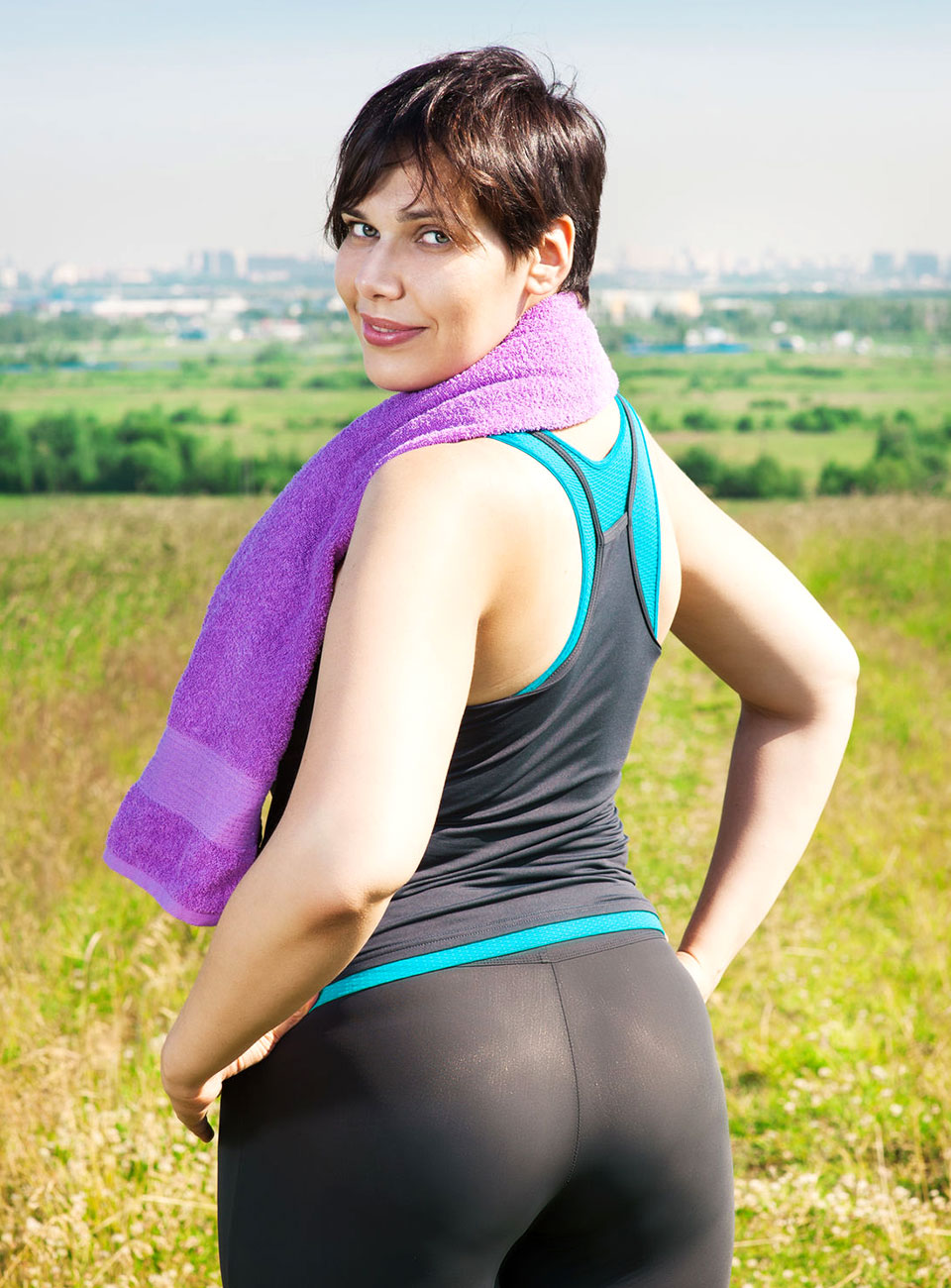Let’s talk frankly about running and weight. The problem of obesity is increasing in Singapore and it may be about to overtake smoking as the major cause of preventable diseases.
In Singapore, the National Health Survey revealed that about 1 in 9 adults aged between 18 to 69 years were obese and 4 in 10 adults were overweight. This increase has prompt the Health Promotion Board (HPB) to launch The One Million KG Challenge – Singapore’s first incentive-based national weight management movement to motivate Singaporeans to maintain and achieve a healthy body weight.
And while overweight people may have a desire to exercise, they also have legitimate questions and concerns; is running a sensible choice? What do physical fitness experts recommend? What have other obese people experienced? Lifestyle changes start with accurate knowledge. If you are obese or overweight, you can make an informed decision about whether running is the right type of exercise for you.
A Thorough Physical Evaluation
Common sense demands that obese individuals take some precautions before starting any running regimen. If you are extremely overweight or currently experiencing heart and/or blood pressure problems and you also have a sedentary lifestyle, it is a prudent idea to get a thorough physical exam before starting any exercise routine. The answers to these critical questions should be part of an in-depth discussion with your doctor:
- Have you ever been diagnosed with a heart condition for which you were advised to limit your physical activity?
- Do you feel pain in your chest when you do physical activity?
- In the past month, have you experienced chest pain even while resting?
- Do you currently experience dizziness, loss of balance or lose consciousness?
- Do you have a bone or joint condition that may be exacerbated by an increase in physical activity?
- Are you currently taking medication for a blood pressure or heart condition?
- Do you know of other reasons you should not increase your physical activity?
It’s a good idea to take the Physical Activity Readiness Questionnaire, also known as PAR-Q, prior to your doctor’s visit. Thoroughly discuss with your doctor any questions that you answered “yes”. Above all, follow your doctor’s advice regarding how long and how often you should run, or whether you should explore other types of exercise programs instead.
Preparation
It is critically important that obese individuals prepare the body for this new physical activity. Start by walking laps in the pool, jumping rope, walking inside your home or office or outside on a jogging trail. Always be aware of the effect that the increased activity has on your body. Gradually work up to 30 or 60 minutes of continuous forward motion. You may find it prudent to run on a soft surface such as a school or park track to lessen the impact on bones and joints.
Choosing the Proper Gear
Running comfortably and safely requires proper clothing and shoes. Synthetic materials have proven to be the most effective for keeping sweat away from the body. Sweat-fighting athletic gear is also known as performance apparel. It is common knowledge among athletes that sweat cools the body, but sometimes a large volume of perspiration can’t be dispersed. These unique clothes eliminate the sweat problem by “wicking”. Sweat is pushed through the fabric, hits the air, and then evaporates. You can find a complete line of performance apparel at a sporting goods store or a running store. Most running stores also supply the necessary gear for overweight runners: knee guards, compression socks, and motion control or stability shoes which are specifically designed for those with low arches or overpronation.

The Painful Truth
There is no way for new runners to avoid the initial stiffness and pain in the muscles and joints. You may also feel out-of-breath. Be reasonable in your expectations, and don’t exceed the limits of your endurance. It is always difficult to settle in to a new routine when making a lifestyle change, and you may occasionally wonder whether all the exertion is worth the discomfort and effort. Don’t give up! Focus on the positive impact that your new goal is having on your body. Resolve to be persistent and consistent.
If you want running to become a permanent part of your lifestyle, it is essential to stay motivated and have fun. Try listening to music while you run, or run with a buddy. Set small achievable goals for yourself. Keep a training log so you can see your progress in the areas of distance, time, and weight.
Running reduces stress and promotes a better mood by increasing serotonin levels; it is a great tool for those battling depression. Stimulation of the neurotransmitters in the pituitary gland reduces pain, boosts the immune system, and promotes a greater sense of well-being. Running enhances focus and improves stamina. A consistent running program improves appearance and health from the inside out.
The inevitable by-product of running is weight control. Cardiovascular health is significantly improved, and cholesterol levels are normalized. The immune system is energized by the increased production of white blood cells which is effective in combating the early stages of diabetes and cancer. A weight-bearing activity like running also helps prevent osteoporosis by exercising bones and muscles against gravity.

A Simple Running Schedule
- Week 1: Run 2 minutes, walk 4 minutes. Repeat 5 times.
- Week 2: Run 3 minutes, walk 3 minutes. Repeat 5 times.
- Week 3: Run 5 minutes, walk 2.5 minutes. Repeat 4 times.
- Week 4: Run 7 minutes, walk 3 minutes. Repeat 3 times.
- Week 5: Run 8 minutes, walk 2 minutes. Repeat 2 times.
- Week 6: Run 9 minutes, walk 2 minutes; then run 8 minutes 1 time.
- Week 7: Run 9 minutes, walk 1 minute. Repeat 3 times.
- Week 8: Run 13 minutes, walk 2 minutes. Repeat 2 times.
- Week 9: Run 14 minutes, walk 1 minute. Repeat 2 times.
- Week 10: Run 30 minutes, Repeat once. You achieved a great workout.
- Rest Days: Tuesdays, Thursdays, Saturdays and Sundays.
Running is a highly effective form of exercise. Starting with a modest run-walk program allows your body to manage the exertion in a safe way. You may be obese, but you certainly don’t have to stay that way. With all of the benefits, why not take the first step and begin incorporating running into a healthier lifestyle today?




